Use a Tripod
When shooting in low light conditions, a stable camera is essential to avoid blurry images. Using a tripod allows you to keep the camera steady, resulting in sharp and clear photographs. Make sure to invest in a sturdy tripod that can withstand the weight of your camera and lens for the best results.
- Advantages of using a tripod:
- Reduced camera shake for sharper images
- Ability to shoot at slower shutter speeds without blur
- Opportunity for long-exposure photography
Master Manual Mode
Using manual mode gives you full control over your camera settings, allowing you to adjust them according to the lighting conditions. When shooting at night, it is crucial to understand the exposure triangle and adjust the ISO, aperture, and shutter speed accordingly.
- Key takeaways from mastering manual mode:
- Ability to customize settings based on the available light
- Full creative control over the final image
- Opportunity to experiment with different exposure settings
Experiment with Long Exposures
Long exposures can create stunning effects in night photography, such as light trails, star trails, and smooth, flowing water. To achieve these effects, you need to use slow shutter speeds. Start by setting your camera to Bulb mode or a long exposure setting, and use a remote shutter release or the camera’s timer to minimize camera shake.
- Benefits of experimenting with long exposures:
- Unique and surreal effects in your photographs
- Ability to capture light trails and star trails
- Smooth and dreamy water movements
Understand White Balance
White balance plays a crucial role in night photography, as different light sources emit varying color temperatures. It is important to manually set the white balance or use a custom Kelvin value to ensure accurate colors. Experiment with different white balance settings to achieve the desired mood and atmosphere in your images.
- Benefits of understanding white balance:
- Accurate color reproduction in your photographs
- Ability to create different moods and atmospheres
- Enhanced post-processing capabilities
Use Noise Reduction Techniques
Noise can be a common issue in night photography, especially when using high ISO settings. To reduce noise in your images, consider shooting in RAW format and using post-processing software with noise reduction capabilities. Additionally, using lower ISO settings and longer exposures can also help minimize noise.
- Benefits of using noise reduction techniques:
- Improved image quality with reduced noise
- Sharper and cleaner details in your photographs
- Ability to print larger-sized prints without noise interference
Conclusion
Night photography presents a unique set of challenges, but with the right techniques and equipment, you can capture breathtaking images that stand out from the crowd. By utilizing a tripod, mastering manual mode, experimenting with long exposures, understanding white balance, and applying noise reduction techniques, you can elevate your night photography skills and create stunning visuals.
Remember to always be patient and practice, as night photography requires trial and error to achieve the desired results. Embrace the beauty of the night and immerse yourself in the magical world of capturing captivating images after dark.

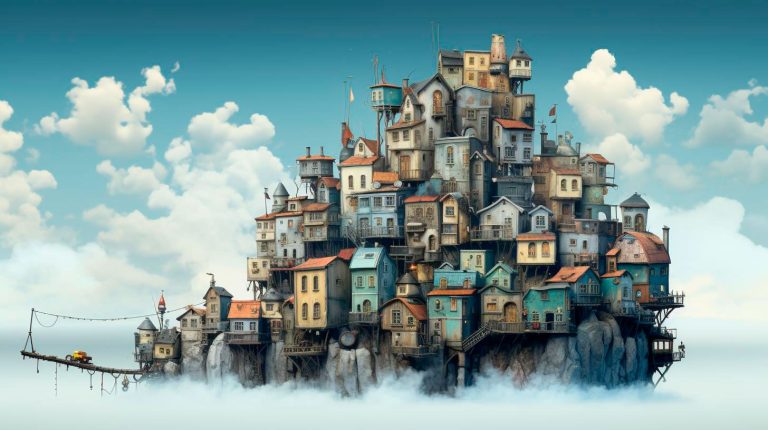

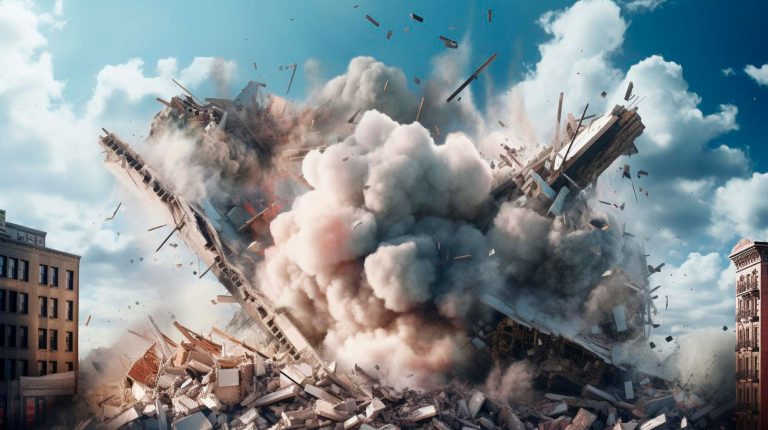


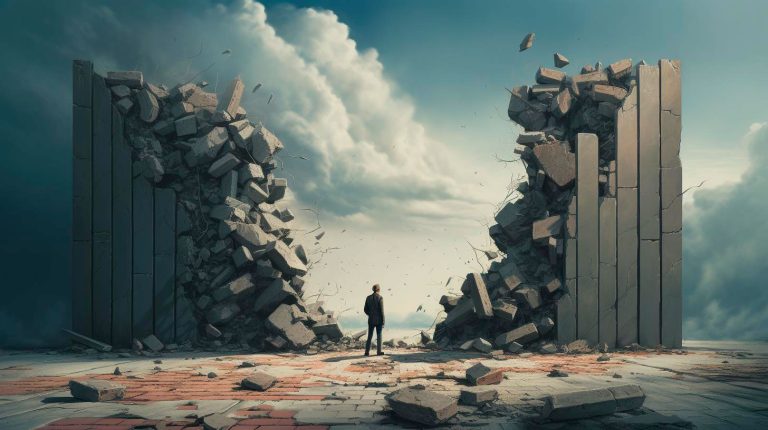




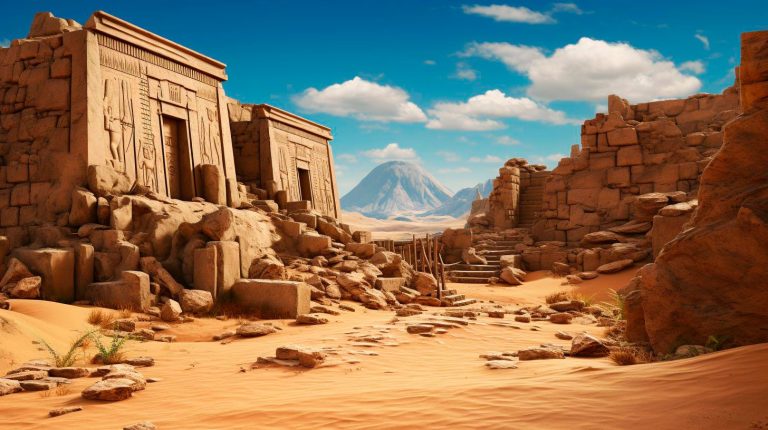

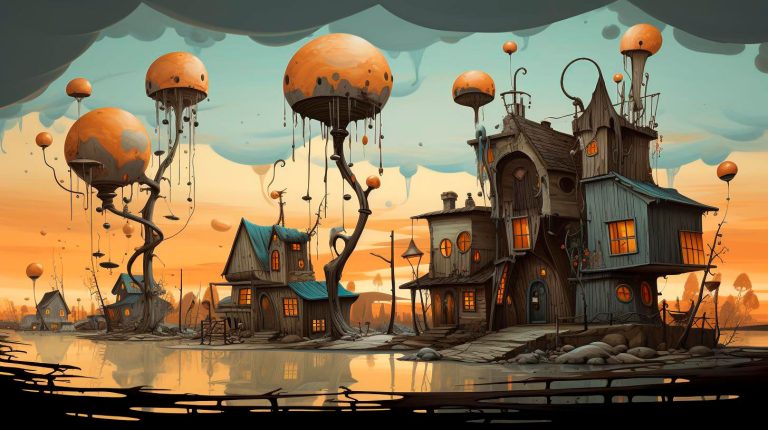






+ There are no comments
Add yours